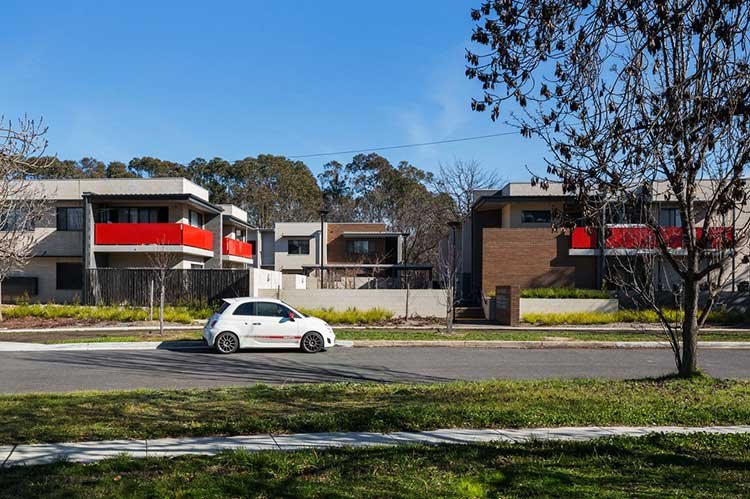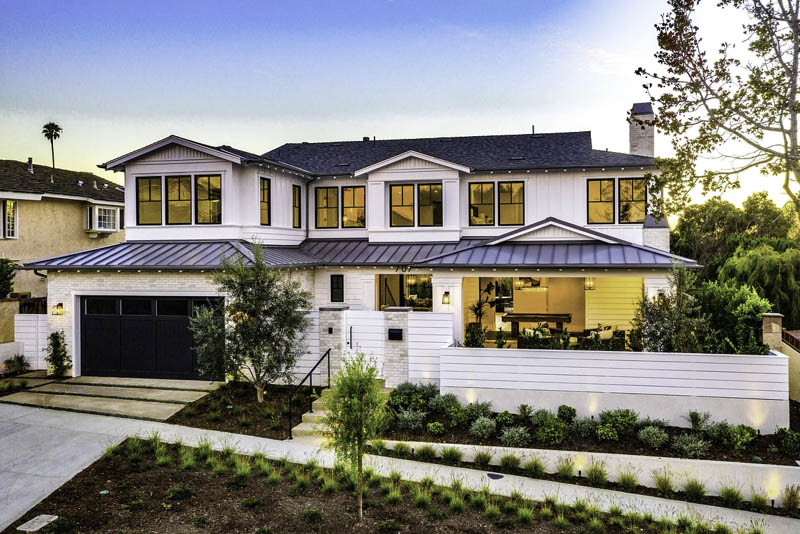Elevate Your Living Space with Residential Architecture Homes Crafted by Experts
Elevate Your Living Space with Residential Architecture Homes Crafted by Experts
Blog Article
How Residential Architects Develop Personalized Homes for Every Way Of Living
The procedure by which property engineers layout tailored homes is a nuanced interaction of comprehending client requirements and equating those insights right into useful living rooms. Via detailed examinations and the usage of style tools, architects record the significance of their clients' lifestyles, ensuring that each home mirrors individual values and aspirations.
Understanding Customer Requirements

Reliable interaction is critical in this process. Engineers ought to encourage customers to verbalize their lifestyles, family members dynamics, and future aspirations, making certain that the style reflects their special identity. By using tools such as sets of questions, interviews, and aesthetic surveys, architects can gather valuable understandings into the client's vision.
Furthermore, comprehending the context in which a home will certainly exist is essential. Designers must think about factors such as the website characteristics, regional environment, and cultural impacts that can influence the style. This all natural approach permits the creation of spaces that are not just cosmetically pleasing however additionally practical and sustainable.
Eventually, a deep understanding of customer needs allows engineers to develop customized homes that improve the lifestyle for their occupants, fostering a sense of belonging and convenience within their living settings.
Design Process and Partnership
The style procedure in household architecture is a dynamic interplay of imagination and collaboration, where architects, clients, and various stakeholders work carefully to bring a vision to life. This repetitive trip generally begins with a series of conferences to develop a thorough understanding of the client's ambitions, choices, and lifestyle requirements. Throughout these discussions, designers collect important info, enabling them to conceptualize designs that align with the customer's vision.
Adhering to the first appointments, the layout stage progresses with sketches, 3D models, and building makings. This visual communication functions as a device for engineers to existing concepts, while likewise inviting client responses, making certain that the last style reverberates with their expectations. Reliable cooperation with engineers, specialists, and interior developers is critical during this stage, as it makes certain that all practical aspects of the project are flawlessly integrated.

Incorporating Lifestyle Components
Integrating way of living elements into property layout is important for producing rooms that truly resonate with the residents. residential architecture homes. This procedure starts with recognizing the distinct demands, choices, and daily routines of the house owners. Engineers take part in comprehensive discussions to uncover how the individual or family uses their space, whether for entertaining guests, pursuing hobbies, or seeking quiet retreat
Once these understandings are collected, engineers can customize style functions that improve daily experiences. Open floor plans may be designed for families that focus on togetherness, while devoted work areas can be integrated for those that function from home. Outside areas, such as patio areas or yards, can be stressed for households that delight in outdoor tasks or amusing.
Moreover, adaptability is a crucial consideration; multi-functional rooms enable adaptability as way of livings progress over time. Personalized storage solutions can additionally be incorporated to fulfill particular company requirements, ensuring that the home stays clutter-free and useful. Ultimately, by attentively weaving lifestyle aspects right into the architectural textile, domestic engineers create personalized homes that not just satisfy visual desires however additionally considerably boost the lifestyle for their clients.
Lasting and Smart Design
Smart and sustainable style significantly plays a critical function in household architecture, as house owners seek to reduce their environmental influence while improving their living experiences. Designers are now integrating green materials, energy-efficient systems, and innovative innovations to develop homes that not just fulfill aesthetic desires but likewise offer the world.
Including renewable resource sources, such as solar panels and wind turbines, enables home owners to harness natural deposits, significantly reducing reliance on conventional power grids. Smart home innovations even more improve sustainability by enhancing energy usage through automated systems that regulate air conditioning, lights, and home heating based on tenancy and choices.
Additionally, using sustainable building products-- like recovered wood, bamboo, and reused steel-- advertises a circular economy, reducing waste and source usage. Architects also stress passive design concepts, guaranteeing homes are oriented for maximum all-natural light and ventilation, thereby decreasing the requirement for artificial cooling and heating.
In addition to eco-friendly benefits, lasting and wise design adds to the overall convenience and health of homeowners. By prioritizing interior air high quality and natural environments, engineers produce rooms that promote health, allowing home owners to flourish attuned to their environment.
Wrapping Up and Executing Strategies
Finalizing and carrying out strategies is an important phase in the domestic style procedure, where the vision of a personalized home starts to appear. This stage includes careful focus to detail, making sure that every facet of the design is precisely verbalized and all set for building and construction. residential architecture homes. Architects work together carefully with customers to assess final plans, dealing with any type of final changes or problems, while ensuring that all elements align with the property owner's way of life requirements
As soon as strategies are wrapped up, engineers prepare thorough building and construction documents, including detailed drawings and requirements that act as a plan for building contractors. These documents lay out materials, finishes, and installation methods, offering quality for subcontractors and service providers. In addition, safeguarding needed licenses pop over to this web-site and adhering to local building regulations is crucial, as it makes sure conformity and smooth project execution.
Reliable interaction is important throughout this phase. Normal updates and discussions with contractors aid to minimize prospective issues prior to they develop. By fostering a joint atmosphere, architects can assure that the application aligns with the initial vision. Ultimately, this crucial stage transforms ideas into fact, laying the foundation for a home that mirrors the distinct way of living and preferences of its citizens.
Final Thought
Finally, domestic engineers play a pivotal function in crafting tailored homes that accommodate varied way of livings. Via meticulous understanding of client demands, joint style processes, and the assimilation of way of living my latest blog post components, designers ensure that each home mirrors private choices. The unification of lasting practices and smart innovations even more improves performance and ecological duty. Inevitably, the initiatives of household architects finish in the understanding of personalized space that promote comfort and well-being for their inhabitants.
The procedure by which domestic pop over here architects layout tailored homes is a nuanced interplay of understanding customer requirements and translating those understandings right into practical living spaces. Via detailed assessments and the use of layout tools, architects catch the essence of their customers' way of lives, ensuring that each home mirrors personal worths and ambitions. Architects must encourage customers to verbalize their way of livings, household characteristics, and future ambitions, guaranteeing that the layout reflects their one-of-a-kind identity.The layout process in household architecture is a vibrant interplay of imagination and cooperation, where designers, customers, and various stakeholders function very closely to bring a vision to life - residential architecture homes. Through thorough understanding of client requirements, joint design processes, and the assimilation of lifestyle aspects, architects make certain that each home reflects individual preferences
Report this page